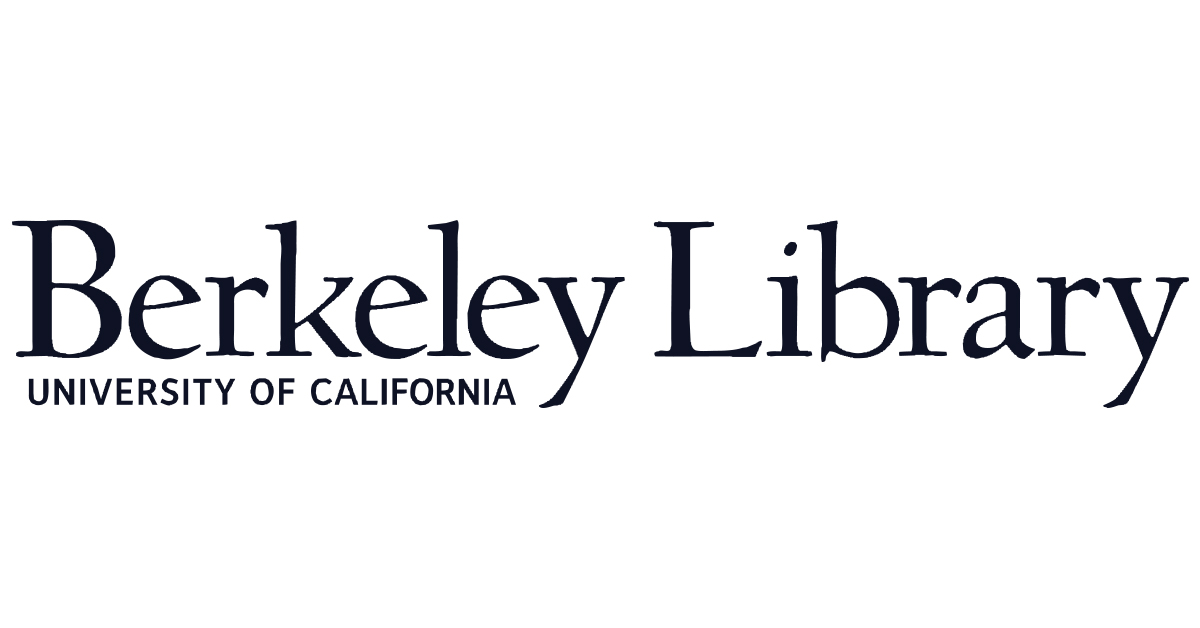Dynamique d'investissement et efficience dans le secteur de l'éducation privée au Maroc : évaluation de la résistance alignée sur la vision stratégique
DOI:
https://doi.org/10.5281/zenodo.14447933Keywords:
The integration of French in education; Public schools; Private schools; Dichotomy; Disparities; Inequalities; Social privileges.Abstract
The Moroccan educational landscape is undergoing a notable transformation, particularly in terms of integrating French-language education into both public and private schools. This evolution is largely influenced by political frameworks and legislative initiatives aimed at improving the quality and accessibility of education. This article explores these changes by focusing on the dichotomy between the country's public and private educational institutions, which exhibit considerable disparities. In general, private schools offer a more comprehensive curriculum and better resources, leading to favorable academic outcomes for students. In contrast, public schools are often burdened by overcrowding, limited resources, and inconsistent teacher training. It is essential to recognize these disparities as they contribute to inequalities in educational opportunities. The variation in educational quality between public and private schools can lead to long-term societal consequences. Students enrolled in private institutions have better access to higher education, which may reinforce existing social privileges. Conversely, those attending public schools often face significant obstacles that hinder their ability to reach their full potential.
Downloads
Published
How to Cite
Issue
Section
License

This work is licensed under a Creative Commons Attribution-NonCommercial-NoDerivatives 4.0 International License.























